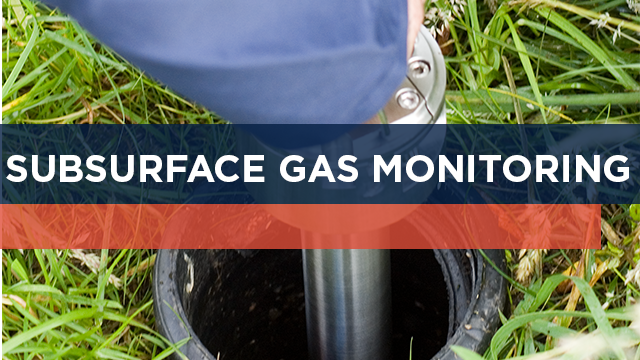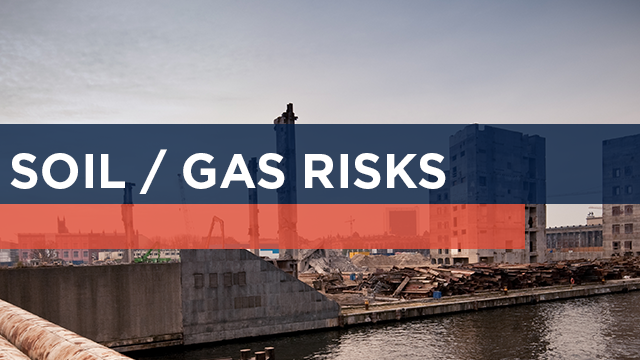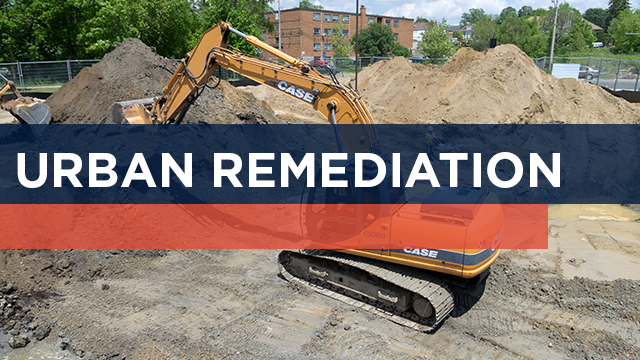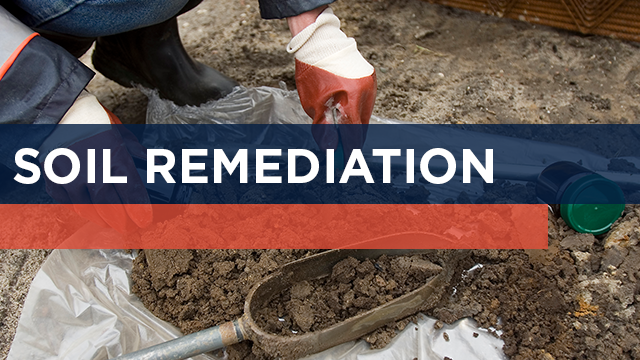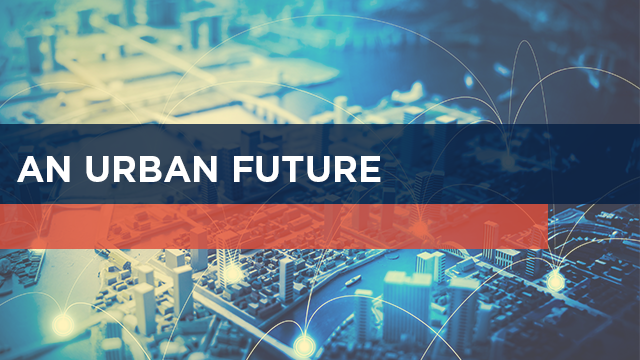Subsurface Gas Monitoring
So, what can be done to mitigate the potential drastic effects?
Whether a landowner, developer or regulator the objective is identical; namely to ensure that any existing or proposed development remains or takes place safely.
Soil/Gas Risks
Uncontrolled subsurface gas migration and emission poses a number of risks to the environment and human health & safety from anthropogenic sources (the general term for gases originating in human activity) such as:-
-
landfill waste
-
abandoned coal mining
-
shale gas production
-
contaminated land from past industrial use (some dating as far back as Victorian times)
-
pipeline leaks from current industrial processes such as oil refining & chemical manufacture
-
Coal bed methane
Urban Remediation
Urban regeneration (revitalization in the US) is a common strategic objective for Governments and Cities alike. Take the London 2012 Olympics as a prime example.
The enabling works cleaned up an area of East London which was heavily contaminated as a result of former industrial activity.
Soil Remediation
Remediation (the action of reversing or stopping environmental damage) and health risk assessment are increasingly required by both industry and property developers as more is understood about risks from contaminated land, and regulations become more stringent.
Remediation of an industrial site may be required when an environmental permit is surrendered, or following an accidental release of pollutants to land. Similarly, it is often required in order to obtain planning permission and develop the site.
Soil Remediation: An Urban Future
According to professional services firm, Pricewaterhouse Coopers (PwC), our future is set to be urban.
They say that:-
- More than half the world’s population already live in urban areas
- 5 million people are added to the global urban population every week

